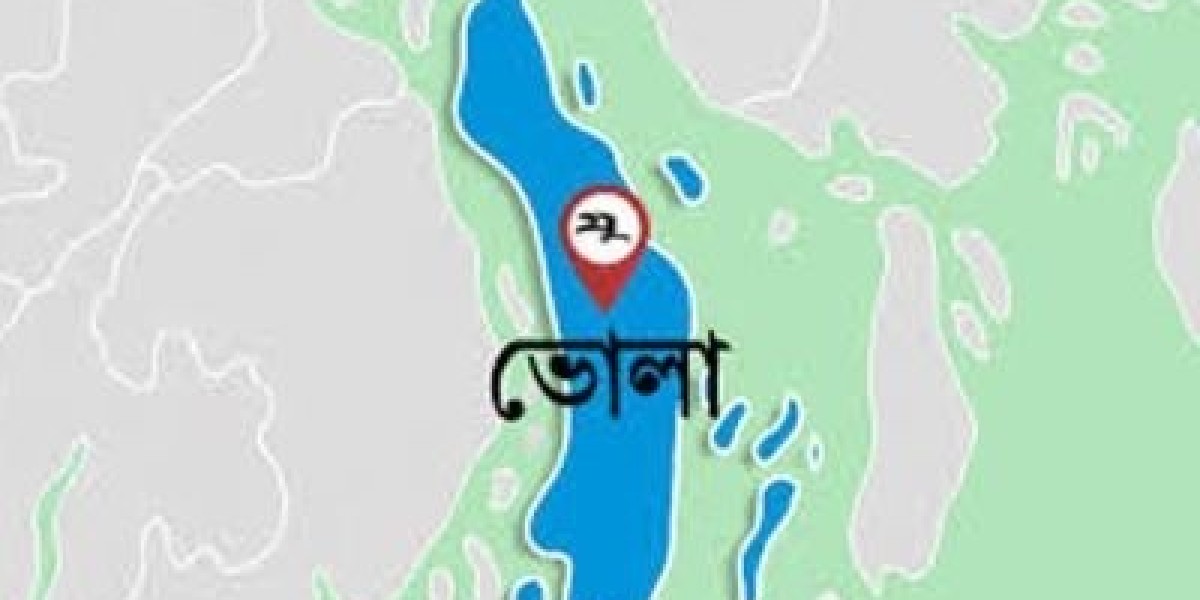International Desk: An ancient cave, a touch of the past hidden inside, and a history alive in that touch — such a mystery is called 'Fire Mummy.' A unique tradition of the Ibaloi tribe of the Philippines, which is like a wonder in the eyes of today's world. We all know about the mummy of Egypt, but the mystery of this mummy in the Philippines is unknown to many. The process of mummification was started while still alive, with fire and smoke being the key ingredients in preserving the corpse. How was that process? How were the people who worked behind this tradition?
The Ibaloi tribe lives in the Kabayan region of Benguet province in the northern Philippines. The ancestors of this tribe used a special method of preserving dead bodies, which is still part of their culture today. They embalmed the dead using fire and smoke, and the mummies made in this process are known as fire mummies.
Although scholars differ on the beginning of this process, it is believed to have started around 1200 AD. Before death, a comatose person was given a salty drink, so that the water would leave his body quickly. However, modern science has cast doubt on the effectiveness of this method. After death, the real process begins, the body is washed and wrapped in a special blanket called a colebao, placed on a chair, and small fires are lit around it.
The smoke from the heat of the fire drove out all the water from the body, which was stored in the bottle. This process lasted for several weeks, and at the end the withered body was placed in a wooden coffin like a baby in the mother's womb and placed in a mountain cave.
As a result of Spanish colonial rule, Christianity began to spread in the Philippines around the 1500s, and this ancient practice began to disappear. But fire mummies have not lost their charm. A famous mummy named Apo Annu was stolen in 1919. To the Ibaloi he was a leader and a hunter. After his mummy was stolen, the Ibaloi began to believe it to be a curse, as many disasters struck the area.
Finally, in 1984, Apo Annu's mummy was recovered and returned to the Ibaloi. Even today, these caves require a difficult trek to see the fire mummies, and the government has put in place special security measures to protect them.
Battery operated rickshaws can ply in Dhaka city for the time being
For the Ibaloi, fire mummies are not just a ritual, but a symbol of a deep connection with their ancestors. Even today they offer food and drink to the cave mummies, and any changes to the mummies require the permission of their leaders. They also need permission to enter this cave and do research. Source: RTV



















































